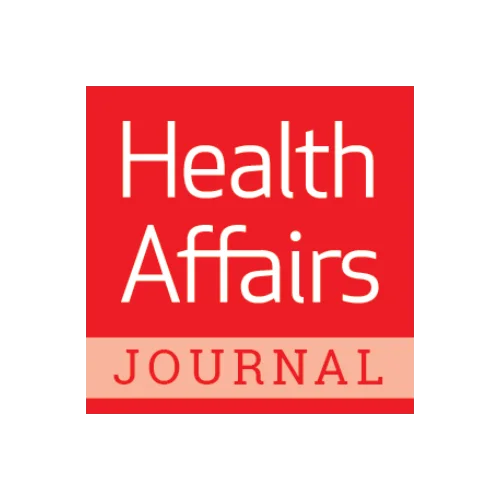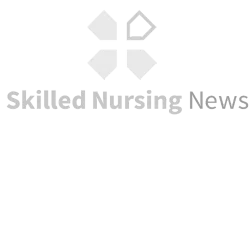PBJ research report and related news:

High Nursing Staff Turnover In Nursing Homes Offers Important Quality Information
Nursing staff turnover has long been considered an important indicator of nursing home quality. However, turnover has never been reported on the Nursing Home Compare website, likely because of the lack of adequate data. On July 1, 2016, the Centers for Medicare and Medicaid Services began collecting auditable payroll-based daily staffing data for US nursing homes. We used 492 million nurse shifts from these data to calculate a novel turnover metric representing the percentage of hours of nursing staff care that turned over annually at each of 15,645 facilities. Mean and median annual turnover rates for total nursing staff were roughly 128 percent and 94 percent, respectively.
Turnover rates were correlated with facility location, for-profit status, chain ownership, Medicaid patient census, and star ratings. Disseminating facilities’ nursing staff turnover rates on Nursing Home Compare could provide important quality information for policy makers, payers, and consumers, and it may incentivize efforts to reduce turnover.
Gandhi, Ashvin, et al. “High Nursing Staff Turnover In Nursing Homes Offers Important Quality Information.” Health Affairs, vol. 40, no. 3, 2021, pp. 384–91. Crossref, www.healthaffairs.org/doi/abs/10.1377/hlthaff.2020.00957.

Is nursing home staff turnover a good quality metric?
There are a few sub-questions we need to break down to answer before answering this one larger question. These sub-questions include:
- Is nursing staff turnover at nursing homes a big problem?
- Is nursing staff turnover correlated with quality of care?
- Does using nursing staff turnover as a quality metric provide the right incentives?
A paper by Ghandi, Yu and Grabowski (2021) provide some answers to these questions. To do so, they look at employee-level data between October 1,2016, and March 31, 2019 from the Payroll Based Journal; while CMS’s data.cms.gov has aggregated daily counts of staffing hours, the Ghandi paper’s use of individual employee data allows for a weighted measure of employee turnover based on hours worked. Thus, their turnover metrics weights turnover by a full-time worker more heavily than a part-time worker.
Shafrin, Jason. “Is Nursing Home Staff Turnover a Good Quality Metric? – Healthcare Economist.” Healthcare Economist, 2 Mar. 2021, www.healthcare-economist.com/2021/03/02/is-nursing-home-staff-turnover-a-good-quality-metric.

Nursing Homes Have 94% Staff Turnover Rate — With Even Higher Churn at Low-Rated Facilities
Even before COVID-19, the median staff turnover at U.S. nursing homes was nearly 100%, with even less continuity at facilities with lower federal star ratings, a new study has determined.
Workers turned over at a median rate of 94% and a mean rate of 128% in 2017 and 2018, according to an analysis published this week in the journal Health Affairs. The mean rates were greater than 100% across all three primary employee types studied — registered nurses (140.7%), certified nursing assistants (129.1%), and licensed practical nurses (114.1%).
…the analysis represents the first comprehensive look at turnover based on payroll-based journal (PBJ) data; while earlier attempts to quantify churn at nursing homes relied on small samples, the study drew from federal data collected from more than 15,000 facilities across the country, totaling 492 million shifts worked by 4.4 million staffers.
Spanko, Alex. “Nursing Homes Have 94% Staff Turnover Rate — With Even Higher Churn at Low-Rated Facilities.” Skilled Nursing News, 2 Mar. 2021, skillednursingnews.com/2021/03/nursing-homes-have-94-staff-turnover-rate-with-even-higher-churn-at-low-rated-facilities.

‘Alarming’ nurse turnover rates linked to quality, payment woes in major new nursing home study
Skilled nursing’s employee turnover problem — long linked to issues with quality of care — is much worse than previously reported, according to a massive analysis published Monday.
Median turnover among nursing staff, factoring in data from virtually all U.S. nursing homes, was 94% in 2017 and 2018. More alarmingly, mean turnover rates hit 140.7% among registered nurses, 129.1% among certified nursing aides and 114.1% among licensed practical nurses. Researchers used a method that weighed the amount of direct care nurses provided to residents.
Marselas, Kimberly. “‘Alarming’ Nurse Turnover Rates Linked to Quality, Payment Woes in Major New Nursing Home Study.” McKnight’s Long-Term Care News, 2 Mar. 2021, www.mcknights.com/news/alarming-nurse-turnover-rates-linked-to-quality-payment-woes-in-major-new-nursing-home-study


